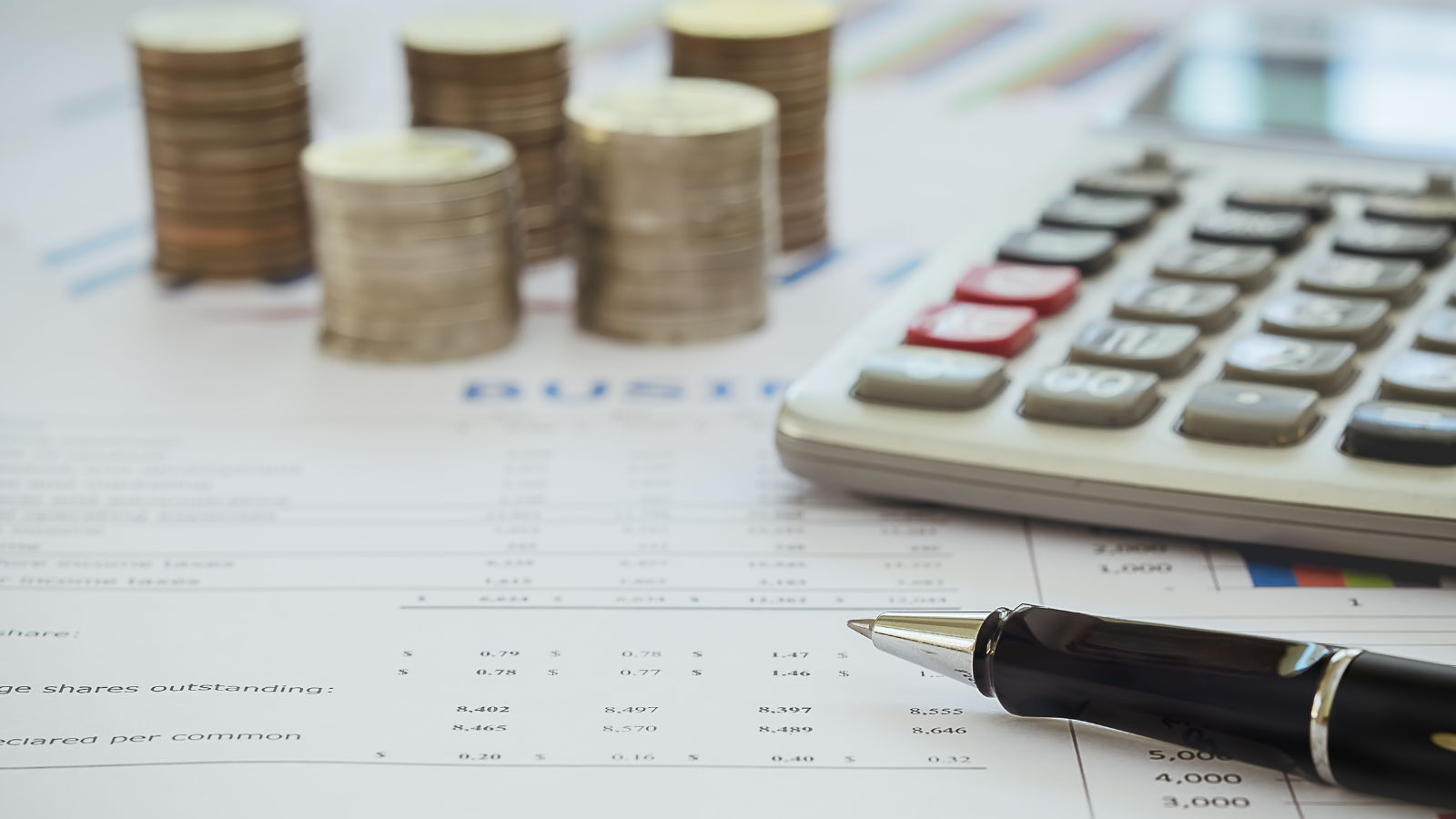Resources
Resources
Calculating and reducing your cash burn rate

Your cash burn rate is a key financial metric that shows how quickly you’re using your cash reserves over a specific period. This is crucial if you're in the early stages of your business, seeking investment, expanding, or operating at a loss.
Understanding your burn rate helps you make informed financial decisions, manage costs, and plan for growth, especially in times of uncertainty or crisis. While a high burn rate isn’t always negative, especially if you have a clear growth strategy and sufficient funds, it’s important to make sure it aligns with your goals and keeps your business sustainable.
Monitoring your cash burn rate regularly is essential. Here’s how to calculate it and steps you can take to improve both your burn rate and your financial stability.
Calculate your cash burn rate
There are three steps to this calculation:
- First, select the time period you want to measure. This can be a month, or a quarter, or even a year.
- Second, determine your cash balance at the start and end of that period.
- Third, subtract the balance at the end of the period from the cash balance at the start. This tells you the net amount of cash spent in that period, or your cash burn rate.
Once you’ve calculated your burn rate, you’ll gain valuable insights into your business’s financial health.
Calculate your cash zero date
This is the date your business will run out of cash if your income and burn rate remain the same over time. This gives you a timeframe for raising capital or otherwise achieving a positive cash flow.
Determine your current cash balance, which is the amount of cash you currently have on hand. Take your cash burn rate as calculated above. Divide your current cash balance by your monthly cash burn rate. This gives you the number of months remaining until your cash levels reach zero.
For example, if your current cash balance is $10,000 and your monthly cash burn rate is $1,000, then you have 10 months until you run out of cash, if there are no changes to your income and expenses. While businesses often experience fluctuations in income and expenses, knowing approximately when your cash levels will reach zero can help with strategic decision making.
1. Reduce the burn rate
If you’re in a critical situation and need cash in a hurry, cut any expenses or costs that you can while still able to operate. The more you can cut the better if your business is in danger. You can do this by:
- Cutting all unnecessary costs, such as unused subscriptions.
- Negotiating better terms with suppliers, including seeing if you can renegotiate your rental agreement or other leases.
- Reducing staff hours or announcing redundancies to save costs on staff, however, use this as a last resort as cutting staffing can lead to long-term capacity issues.
- Closing parts of the business that are not profitable, or scaling those parts back until you have the money to reinvest in them.
Go through your last few months of invoices and credit card statements to see what could be cut. There are probably several expenses in your business that you could do without and now is a perfect time to review them.
2. Increase cash reserves
The more cash you have in reserve the longer you can ride out a dip in sales. But if the crisis looks like it will be lengthy and you know the current cash you have will run out sooner than later, you will need to access additional money when you need it. Traditional methods like business loans, overdrafts and adding in more of your own capital will work for a time, but it could be timely to identify other ways to increase your cash balances:
- Liquidate any unused assets.
- Reduce stock levels.
- Clear out obsolete raw materials.
- Crowdfund or seek external investors.
- Explore government subsidies or grants.
If you can, set up regular contributions to a business savings plan or have contingencies in place to access capital when you need it.
3. Delay payments
Another option to reduce the immediate burn rate is to delay payments to a later date. This doesn’t mitigate the fact that you still owe the money to the supplier, but it may buy you some time to recover. For example, you could try moving to interest-only loans, asking suppliers to allow partial payment or pay at a later date and exploring deferring tax-related payments.
4. Identify alternate revenue streams
Look for what else your business can do to weather the storm. It could be possible to move parts of your business online, joint venture with strategic partners, identify new customer segments or possibly reinvent the business and look for a new market.
Next steps
- Regularly analyze your cash burn rate and identify areas where you can cut costs without negatively impacting your core operations.
- Seek additional funding, whether through liquidating assets, crowdfunding, or exploring government grants, to extend your runway.
- Negotiate with suppliers and creditors to delay payments or adjust payment terms, allowing you more time to manage cash flow.
- Identify new business opportunities, pivot your model, or explore alternative revenue streams to increase income during challenging times.
Calculate your cash burn rate and cash zero date so you have a solid understanding of the health of your business. Once you know those, you can take action if necessary to protect your business in times where your expenses are higher than your income.
The content provided in this material is for informational and educational purposes only. It is not intended to be, and should not be construed as, financial, legal, or investment advice. The information is of a general nature and does not address the specific circumstances of any particular individual. For personalized advice regarding your financial situation, please consult with a qualified professional.
Offering expert insights on a variety of topics such as home affordability, small business growth, international economic trends, and digital banking.




 Share
Share




